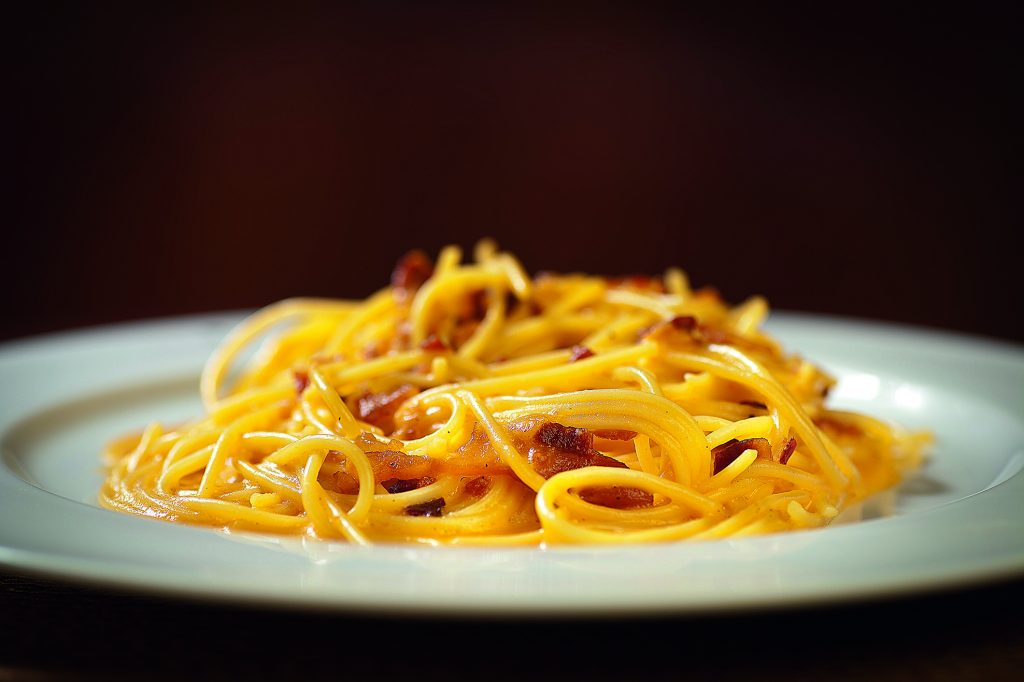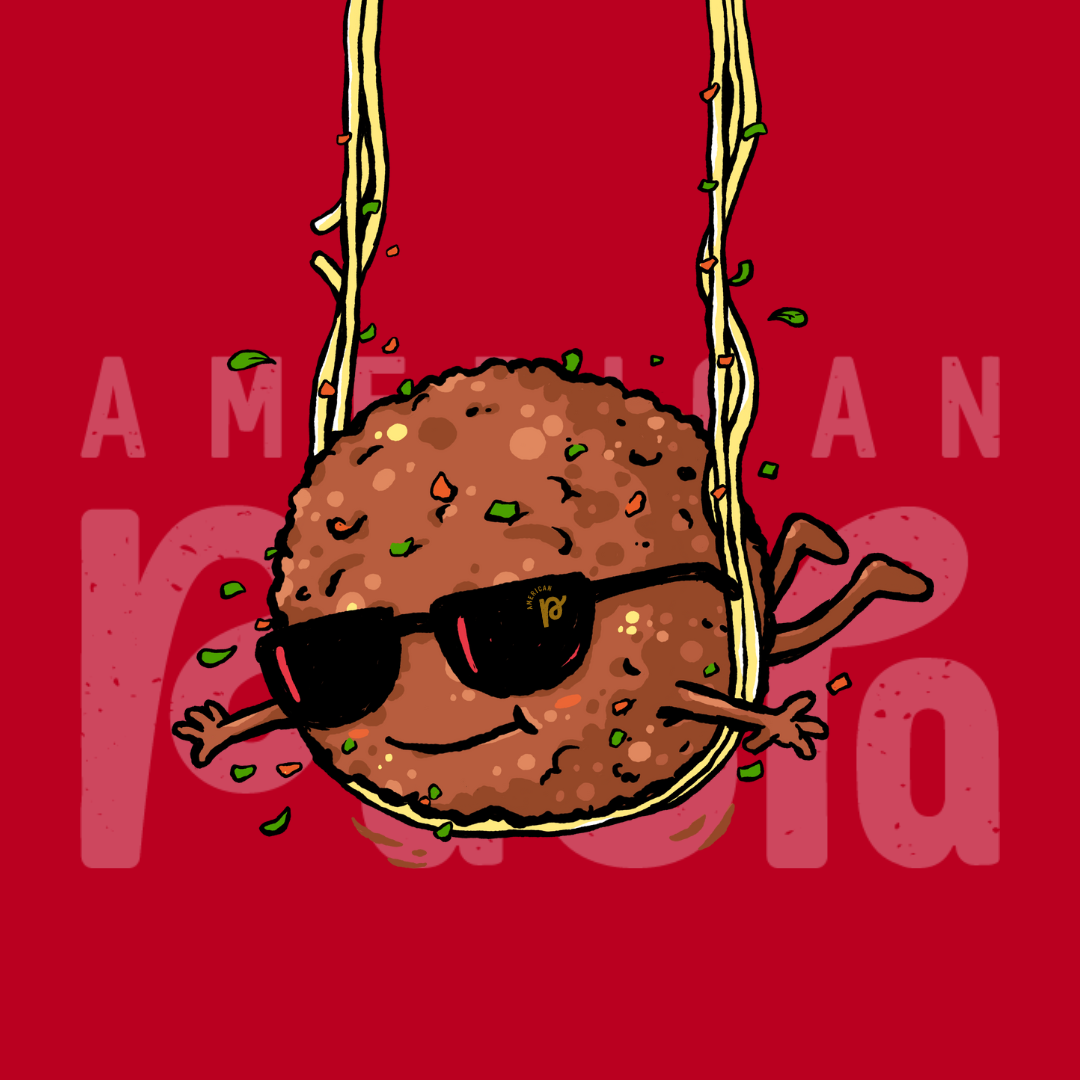One of the most famous pasta in the whole world, if not the most famous, is spaghetti (in Brazilian Portuguese), spaghetti (European Portuguese), Spaghetti or Vermicelli (Italian). I’m sure we all agree with this, after all, who does not like a portion of good pasta accompanied by an excellent sauce and a good wine?
Of course, we have the pizza and lasagna pasta that are world-famous as well, but spaghetti is a unique pasta, we can say that it is the pasta that unites all the tribes around the world. But do you know where and when spaghetti came from where?
There have always been several discussions to decide which people invented spaghetti and other pasta: the Chinese, the Italians, or the Arabs? I can tell you that, after much research, the precursors of spaghetti were the Chinese. But let’s meet the pasta: spaghetti looks deeper at how the researchers came to this conclusion.
Emergence of Spaghetti
The first records of spaghetti that had been known until then dated from the years 25 to 220 in the Han Dynasty period, but spaghetti was already much older. The excavator Houyauan Lu of the Institute of Geology and Geophysics of the Chinese Academy of Sciences went to the Shanghai province, where Chinese civilization was born, to do some research, there he found a container completely buried by Clay where, inside, had a cylindrical and thick wire with half a meter long, it was then discovered that this thick wire found was a spaghetti.
This thick strand of spaghetti that was found buried was from the Neolithic period because where Lu went to excavate, it had been destroyed at the end of this period by an earthquake, followed by a flood. We can conclude that the Chinese were the forerunners of spaghetti, and the Arabs only took it to Europe.
Spaghetti in Europe
The first known record of dried pasta Spaghetti in Italy refers to the Sicily of Ruggero I, a geographer who, in his book of 1.154 tells about a small village called Trabia, near the province of Palermo, where a pasta called itrya (who comes from the Arabic word itryah, whose meaning is ‘thin focaccia cut into strips’) was made and exported across the Mediterranean.
At the beginning of the XIX, century pasta began to be produced in Naples, and in a poem by the Neapolitan poet Antonio Viviani, the term spaghetti was first used.
The form that Europeans initially consumed spaghetti was only with olive oil, pepper, and cheese, tomato sauce was introduced after the tomato was imported from America. And at the end of the XIX century, the first recipe for spaghetti with tomato sauce was published.
And initially, spaghetti was eaten with hands, did you know? This is because the forks of that time were very sharp and not practical to eat this type of pasta, and it was not considered food to eat at lunch, for example, since it was a food considered suitable only for the people and not for the aristocracy. But this was changed by Gennaro Spadaccini, who made the forks smaller and less sharp, from there this mass began to be consumed by everyone and spread around the world.
Texture
This is a subject much discussed to this day and that varies greatly from person to person. Although the vast majority of pasta experts say that the correct way is to eat spaghetti al dente, a custom that comes from the south of Italy, they prefer to consume the pasta in a more cooked way in the Italian north. In addition, there are some fanatics who like to eat the pasta practically almost raw.
It depends on each person’s taste, but the ‘politically correct’ way to consume spaghetti and other pasta is always al dente because in this way, the sauce is better added to the pasta.
But one thing that all pasta experts agree on is that no pasta adheres as well to sauces as spaghetti. This delicate pasta combines with diverse types of sauce, especially those of low density, such as the traditional tomato sauce, garlic and oil, lemon, bechamel, seafood, pesto, and the controversial carbonara.
Sauce combinations with spaghetti
As I mentioned above, several sauces combine with spaghetti, especially the most liquid and full-bodied, but not so creamy. Let’s see below some types of sauces adorned very well with such a versatile and tasty dough.
- Pomodoro sauce: it goes perfectly with spaghetti and is the basis of tomatoes, olive oil, onion, garlic, and basil.
- Bechamel sauce: it also combines perfectly with spaghetti and can be added from various ingredients, as it serves as a base for other spices, but the bottom of the sauce is made of butter, flour and milk flavored with onions, cloves and bay leaf.
- Garlic and oil: this one is very simple and can also be added with finely chopped fresh herbs, cook the pasta and then pass it in a frying pan with olive oil and garlic blades.
- Bolognese sauce: this sauce has no way not to combine with spaghetti because it was created in Bologna, Italy, and made especially to eat with this pasta. It is an easy and very tasty sauce based on ground beef, dry red wine, tomatoes, sauce, onions, and carrots.
- Carbonara: this sauce goes especially well with spaghetti and some say that the combination of eggs, cheese and bacon is strange, but not really. By combining these three ingredients in such a way that they look like a sauce, the result is better than you might think. It is originally made with pecorino cheese, but Parmesan can replace it, just as bacon or pork belly can replace bacon.
You can also meet and enjoy these delicious varieties at American Pasta.

